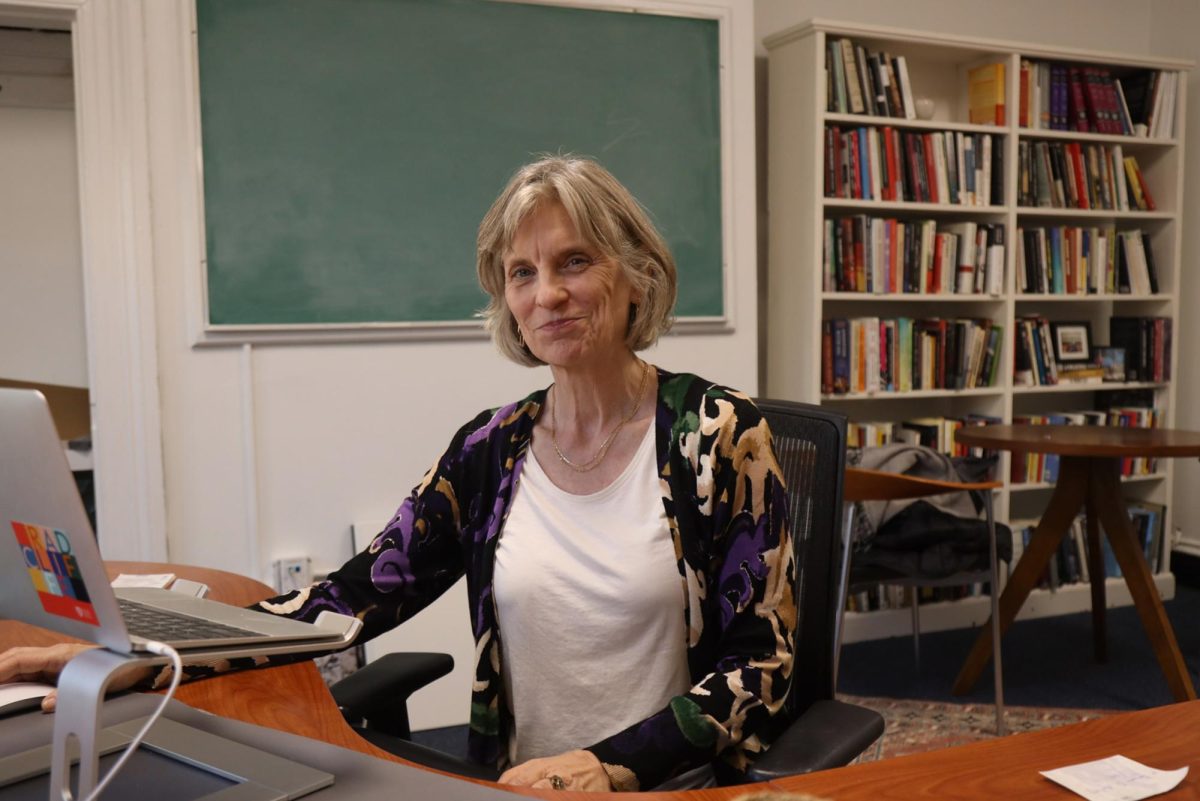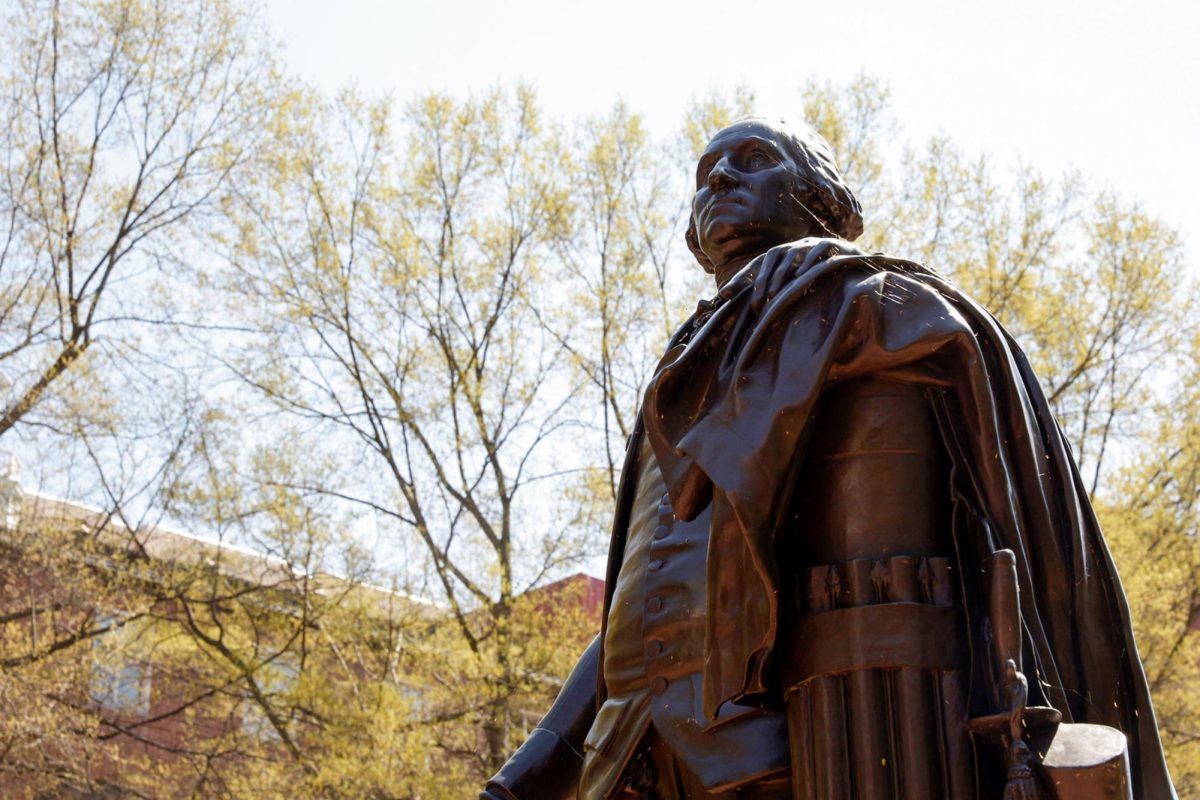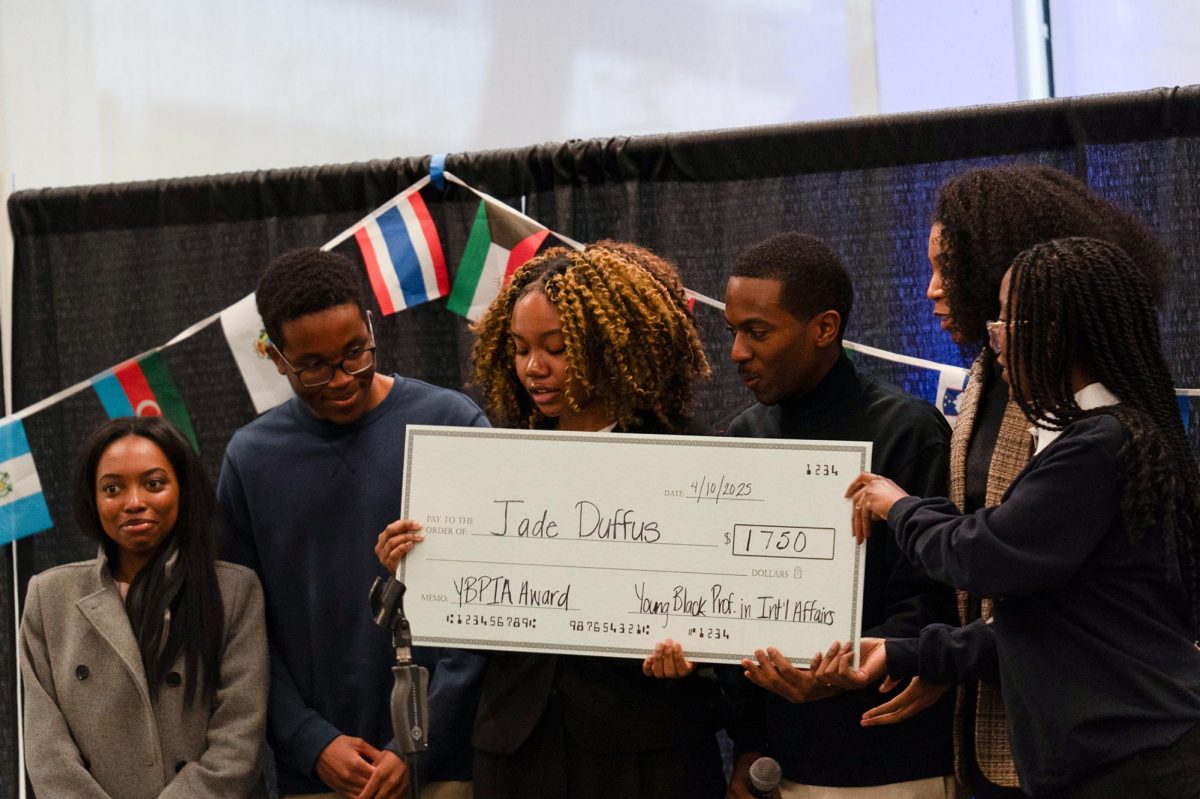The Columbian College of Arts & Sciences will offer a new master’s degree in museums, history and culture next academic year.
Four faculty members involved in the program said the 36-credit program is a collaboration between the museum studies, history and American studies departments and has been in the works for three years. The faculty members said the degree sets up students for public-facing museum work, allows them to develop a historical and cultural specialization and takes advantage of the D.C. area and GW’s proximity to museums, historical sites and national parks.
Corcoran School of the Arts & Design Deputy Director Laura Schiavo — the graduate adviser of museum studies — said herself, program director Melani McAlister, a professor of American studies, and Katrin Schultheiss, the history Master of Arts adviser and an associate professor of history, began planning the program in spring 2023. She said students would approach her “conflicted” on whether to pursue a degree in public history or museum studies and that the new program encompasses both disciplines by allowing students to take history and culture classes and receive museum studies training.
“There are very few programs around the country where you can study history with the clear result being working in a museum and therefore getting museum training while you’re in your MA program,” Schiavo said.
The program consists of 36 credit hours, including three required methodology courses to hone students’ research methods, like an Introduction to Historiography course and a Museum Ethics and Values course, as well as two courses in museum skills, upper-level courses in museum studies, history and American studies along with a capstone class, according to the program’s website.
McAlister said the program will include existing elective courses across the museum studies, history and American studies departments and opens up the possibility of collaborations and modifications with those classes like faculty from across departments co-teaching courses.
“It might encourage some of us to think about new classes that we might like to teach, and it might open up some collaborations, maybe with people in history or American studies and museum studies, teaching classes together,” McAlister said. “We’re hoping it’s kind of inspiring if people want it to be, but we don’t need to develop anything new.”
Schiavo said she was “excited” to develop the program due to her background in American and museum studies and the interest she noticed from students. There were 836 museum studies degrees and 274 public history degrees awarded in 2022 nationally, according to Data USA, a website that complies U.S. government data.
“There is more access to and more emphasis in terms of the courses you take on historiography and methodology and learning to do cultural history, cultural theory, history research, so you get both pieces,” she said.
McAlister said the main factor distinguishing the new degree from the existing master’s in museum studies is students’ ability to develop a specialization in a historical or cultural topic. She said this particular degree allows students interested in American studies or history to grasp training in museum studies and specialize in distinct areas of interest to them, like 19th-century American women or 20th-century pop music in Africa through their history and American studies coursework.
“The things that are your disciplinary specializations, you have more room to do that in this program than you would in a museum studies program,” McAlister said.
McAlister said most graduates of the program will likely be qualified for jobs in museums, archives and academic journals as well as public relations work. She said the three partnering departments for the program have connections with museums and professionals in other fields that students can use to obtain internships.
CCAS has engaged in several avenues of marketing to inform students about the program, including free online Zoom workshops, she said.
“We are developing a digital flyer that we’ll send around to every American studies program, museum studies, history, anything similar in the country, with the hope that they’ll tell their students and get their students thinking about coming to D.C.,” McAlister said.
Schiavo said the program’s capstone is “hands-on,” project-based work. She said faculty aren’t sure exactly what the capstone will look like because the program hasn’t officially begun yet but that they know each project should focus on involving a larger public.
“The point of museum work and this application is that your work is work that would be accessible and visible to the public,” Schiavo said.
Denver Brunsman, an associate professor and the chair of the history department, said discussions surrounding the creation of the new program began about three years ago as the program would fill a “void” in GW’s offerings related to public history.
“Although we emphasize public history and have courses that deal with public history, we’ve never had a dedicated graduate program, and we thought it was long overdue,” Brunsman said.
Brunsman said the program aims to be accessible to students by catering to a variety of interests with its minimal prerequisites and disciplinary requirements for applicants.
“Any student that is interested in any of these things, history, museum and culture, I think would be a natural candidate for this degree,” Brunsman said.
Thomas Guglielmo, a professor of American studies and the chair of the American studies department, said the program will blend the “strengths” of all the program’s related disciplines and brings them together, allowing students to learn from a range of people with different expertise.
Guglielmo said the department leaders do not have a specific estimate for the number of students in the first cohort of the degree, but he hopes that the overall interest and engagement with the program will grow over time.
“This program is not just interdisciplinary,” Guglielmo said. “It’s bridging the world between scholarship and applied work in a way that I think will be really helpful for students.”




